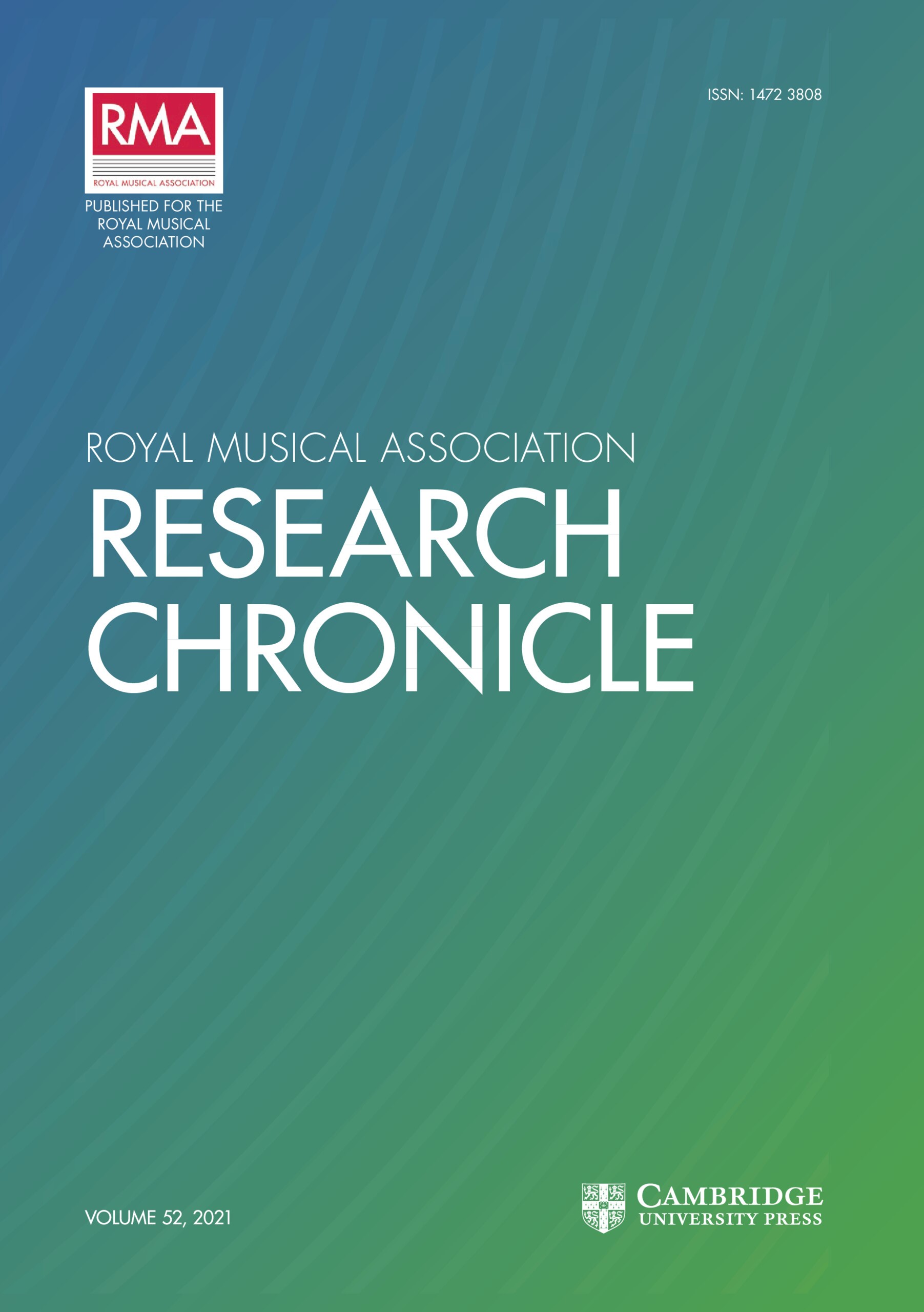Article contents
Unknown and Unidentified English Polyphonic Music from the Fourteenth Century
Published online by Cambridge University Press: 01 January 2020
Extract
Since the appearance of Luther Dittmer's The Worcester Fragments: a catalogue raisonné (1957), and Worcester Additional 68, Westminster Abbey 33327, Madrid Bibl. nac. 192: a facsimile edition (1959), queries have arisen concerning a number of the descriptions, datings and other aspects of his inventory and transcriptions of Worcester Cathedral Library, Add. 68 (hereafter WOc 68). This is hardly the place to go into the many debated and debatable points which emerged (see Bent 1973, 65–6; Hughes 1974, 230). More to the point is the discovery of an unknown fragmentary and textless Sanctus, one barely visible to the naked eye, on the recto of f.bl of fragment xix of WOc 68 (see the revised inventory for this fragment, Table 1). The cathedral librarians, Canons Fenwick and Browning, kindly permitted the transfer of this fragment on a number of occasions to the Hereford and Worcester County Record Office, which is equipped with an ultraviolet lamp. The portion of the Sanctus which survives is a Benedictus for three voices, notated in score format in English discant (ex. 1). The lowest voice corresponds almost exactly with the third Sarum Sanctus, here without the trope Marie filius (Frere 1894, plate 15∗), the chant sounding at pitch and without ornamentation. Thus this composition brings the total number of English discant settings with the chant exclusively as the lowest voice to nine. The notation (the abundance of minims) and musical style (the obvious treble domination and use of sequential patterns in the highest voice) suggest that this work should be dated in the latter half, and probably the final third, of the fourteenth century.
- Type
- Research Article
- Information
- Copyright
- Copyright © Royal Musical Association, 1985
References
Bibliography
Literature
- 1
- Cited by


